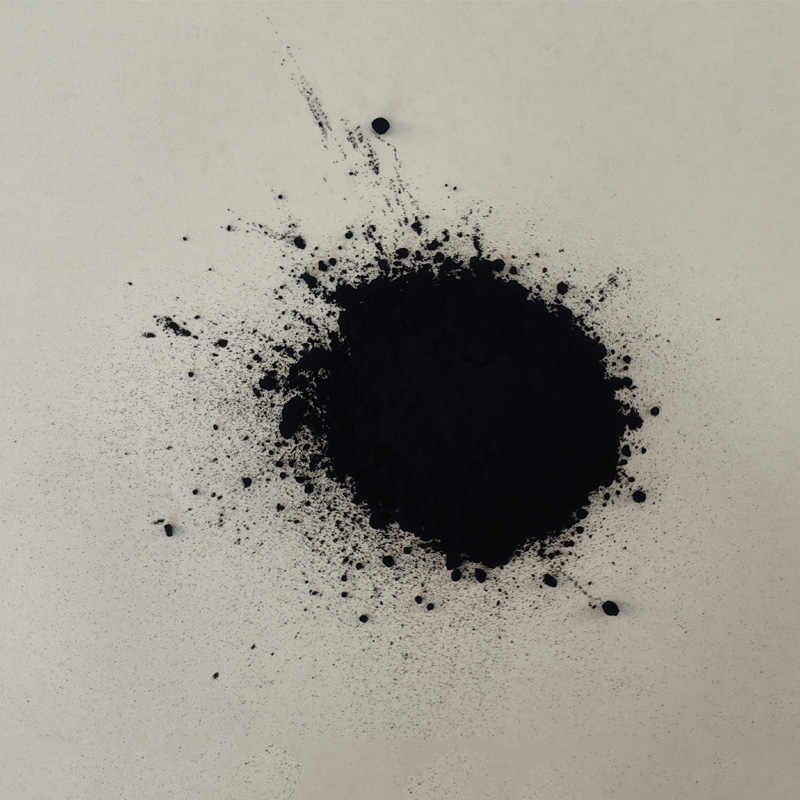Exploring the Use of Indigo Dye in Textile Manufacturing for Sustainable Fashion Practices
The Role of Indigo Dye in Clothing Manufacturing
Indigo dye has a rich history that dates back thousands of years and holds a prominent place in the world of textile manufacturing. Renowned for its deep blue color, indigo has been a favored dye among cultures globally. In recent years, the resurgence of indigo dye in clothing factories reflects both a commitment to traditional methods and a response to the growing demand for sustainable fashion.
Historical Significance
Historically, indigo dye was derived from the leaves of the indigo plant, a practice that dates back to ancient civilizations in India, Egypt, and China. The dye was highly prized due to its unique color and the labor-intensive process required to extract it. This historical value contributes to the appeal of indigo in modern textile production, as many consumers are seeking authenticity and heritage in the garments they purchase.
Modern Manufacturing Techniques
In contemporary clothing factories, indigo dye is not only valued for its color but also for its versatility. Traditional dyeing methods using natural indigo are experiencing a revival as manufacturers explore eco-friendly options. However, synthetic indigo, which is cheaper and more readily available, remains dominant in the industry. This synthetic variant replicates the vibrant blue of natural indigo but raises questions regarding environmental sustainability.
Sustainable practices are increasingly important in the fashion industry, prompting many clothing manufacturers to seek natural alternatives. By utilizing organic indigo dye derived from plants, factories can promote sustainability while also appealing to eco-conscious consumers. Additionally, the use of natural dyeing processes typically reduces water pollution and consumes less energy compared to synthetic dye manufacturing.
indigo dye for clothes factories

Integration in Fashion Trends
Indigo dye is widely associated with denim, especially in the production of jeans. The iconic look of blue jeans, a staple in wardrobes around the world, largely owes its existence to indigo. In recent years, fashion brands have also adopted innovative dyeing techniques, such as shibori and tie-dye, which showcase indigo’s adaptability to various styles. This integration has helped revive interest in indigo dye, as more consumers look for unique and personalized clothing options.
Economic Impact
The resurgence of indigo dye in clothing manufacturing also has significant economic implications. As demand increases for sustainable practices and artisanal products, many small-scale farmers and dyers are beginning to flourish. By supporting local communities that cultivate and harvest indigo, clothing factories contribute positively to economic development in those regions. This trend fosters a more equitable and sustainable fashion industry.
Conclusion
Indigo dye's journey from ancient textile traditions to modern manufacturing highlights its enduring appeal and versatility. As clothing factories increasingly embrace sustainable practices and consumer demand for unique, eco-friendly products grows, indigo dye remains a powerful symbol of both heritage and innovation. Whether through traditional methods or modern applications, indigo continues to play a vital role in shaping the future of fashion while honoring its rich past. As we move forward, the continued integration of indigo in clothing production may well redefine our approach to textiles, fashion, and sustainability.
In the world of fast fashion and changing consumer preferences, products dyed with indigo carry stories of craftsmanship, sustainability, and a deep connection to nature that resonates with today's environmentally conscious shoppers. As we embrace this ancient dye, we open doors to a future where fashion harmonizes with tradition and responsibility.
-
Innovating Bromo Indigo Excellence
NewsAug.23,2025
-
Pioneering Indigo Plant Dye Excellence
NewsAug.23,2025
-
Leading Sulphur Black Dyes Enterprise
NewsAug.23,2025
-
Sulphur Black Dyes Light Resistance
NewsAug.23,2025
-
Indigo Blue Granular Industrial Uses
NewsAug.23,2025
-
Bromo Indigo Synthetic Production Process
NewsAug.23,2025
-
The Timeless Art of Denim Indigo Dye
NewsJul.01,2025

Sulphur Black
1.Name: sulphur black; Sulfur Black; Sulphur Black 1;
2.Structure formula:
3.Molecule formula: C6H4N2O5
4.CAS No.: 1326-82-5
5.HS code: 32041911
6.Product specification:Appearance:black phosphorus flakes; black liquid

Bromo Indigo; Vat Bromo-Indigo; C.I.Vat Blue 5
1.Name: Bromo indigo; Vat bromo-indigo; C.I.Vat blue 5;
2.Structure formula:
3.Molecule formula: C16H6Br4N2O2
4.CAS No.: 2475-31-2
5.HS code: 3204151000 6.Major usage and instruction: Be mainly used to dye cotton fabrics.

Indigo Blue Vat Blue
1.Name: indigo blue,vat blue 1,
2.Structure formula:
3.Molecule formula: C16H10N2O2
4.. CAS No.: 482-89-3
5.Molecule weight: 262.62
6.HS code: 3204151000
7.Major usage and instruction: Be mainly used to dye cotton fabrics.

